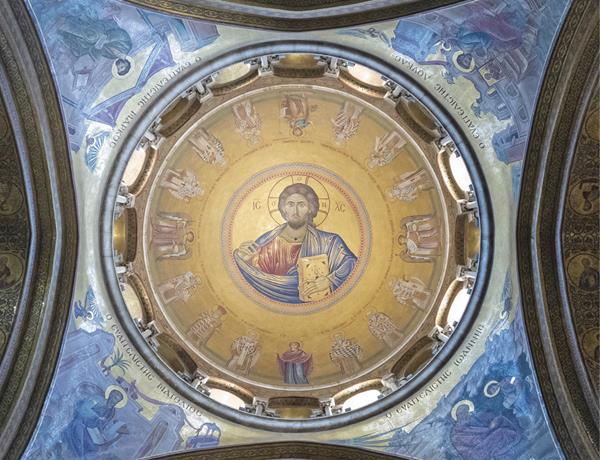
In The Church of the Holy Sepulchre, the traditional place of Jesus’s crucifixion and burial, restoration means archaeology. Starting in early 2022, the church began a two-year project to restore and repair pavement stones throughout the complex, as well as to install updated plumbing, electrical, and safety systems. During the project, much of the church’s floor will be refurbished, allowing a team from the Sapienza University of Rome to study both the floor itself and the archaeological layers beneath. This will be the first time archaeologists have been able to excavate certain sections of the church.
Although the pavement currently found in the Church of the Holy Sepulchre dates to the 19th century, many of the individual paving stones are thought to be much older and could even date back to the fourth century when the church was first constructed by Constantine the Great. The archaeological team intends to study each stone’s shape, weight, and markings, as well as the mortar between them. Once the pavement is removed, the team will carry out limited excavations to learn more about the building’s history. Most of what is uncovered, however, will be reburied, and the flooring stones will be placed back in their original positions or, if damaged, replaced with new, locally sourced stones.
The repairs and requisite excavations come after nearly 30 years of discussion between the three main Christian denominations—Greek Orthodox, Catholics, and Armenians—that share custodial authority over the Church of the Holy Sepulchre.
Already a library member? Log in here.
Institution user? Log in with your IP address.

